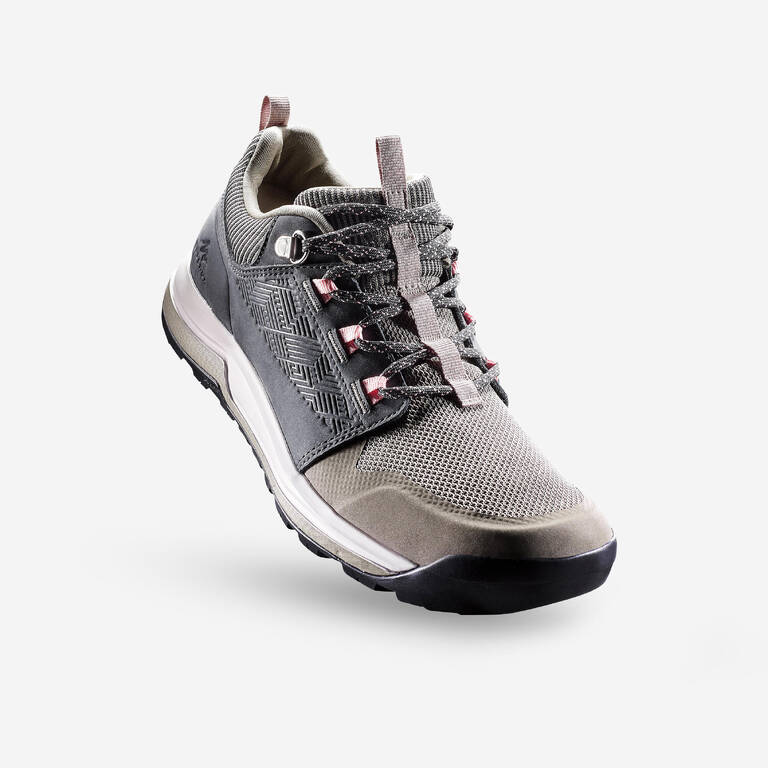

Stores
Contact us
You only need one connection
to enjoy all your favorite services
Rather easy, would you say?

























Cannot ship to ()


This product is currently unavailable for your region
Please select a size...















